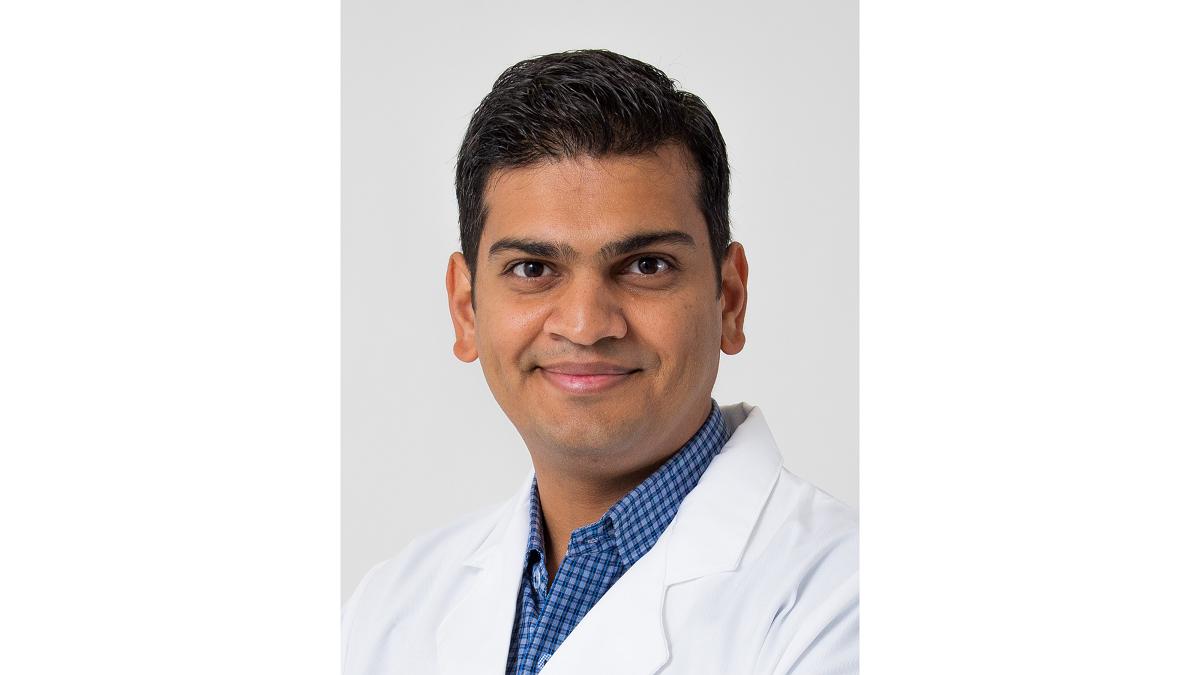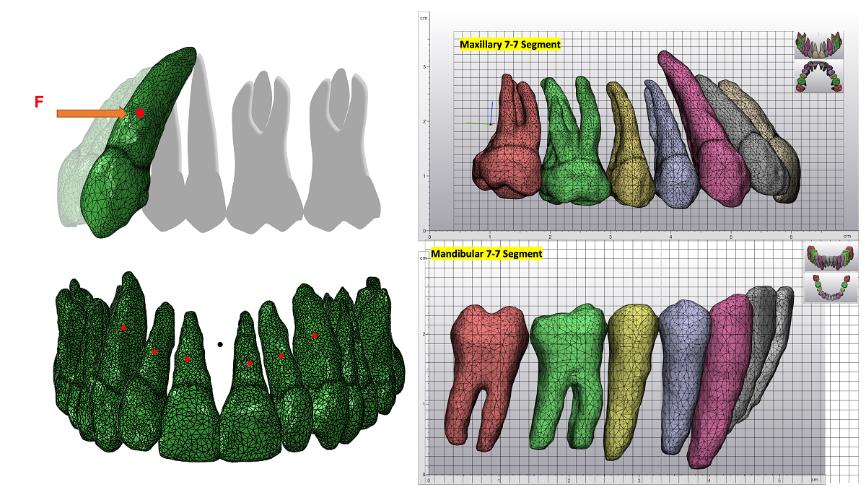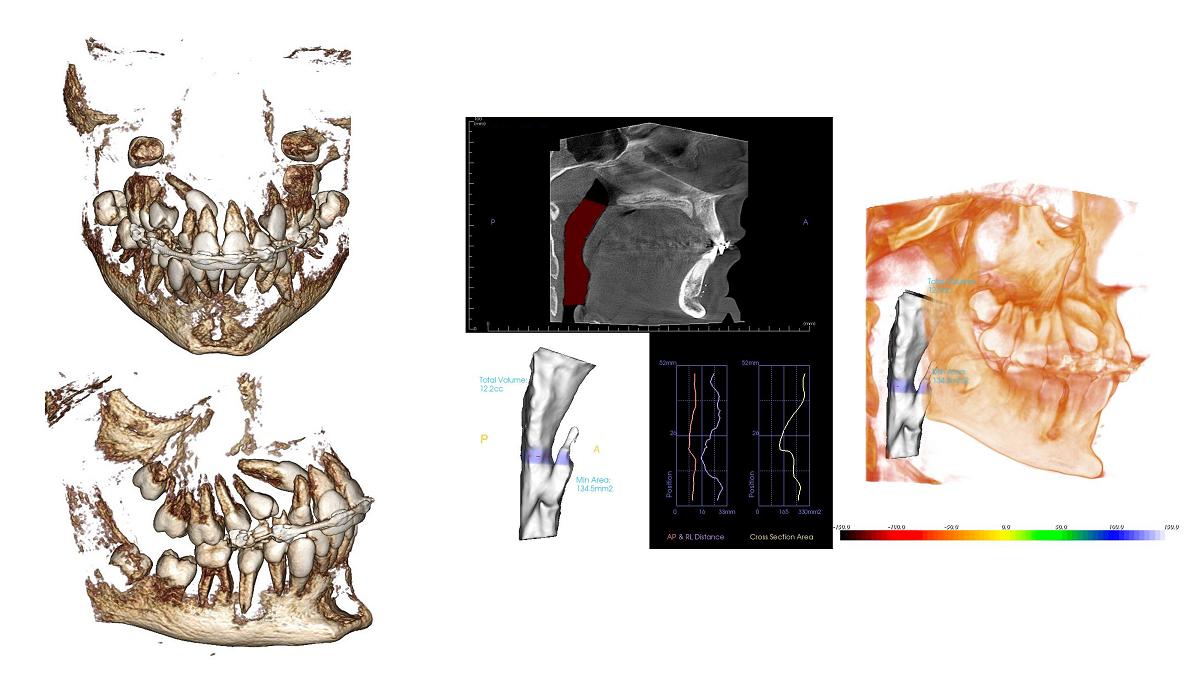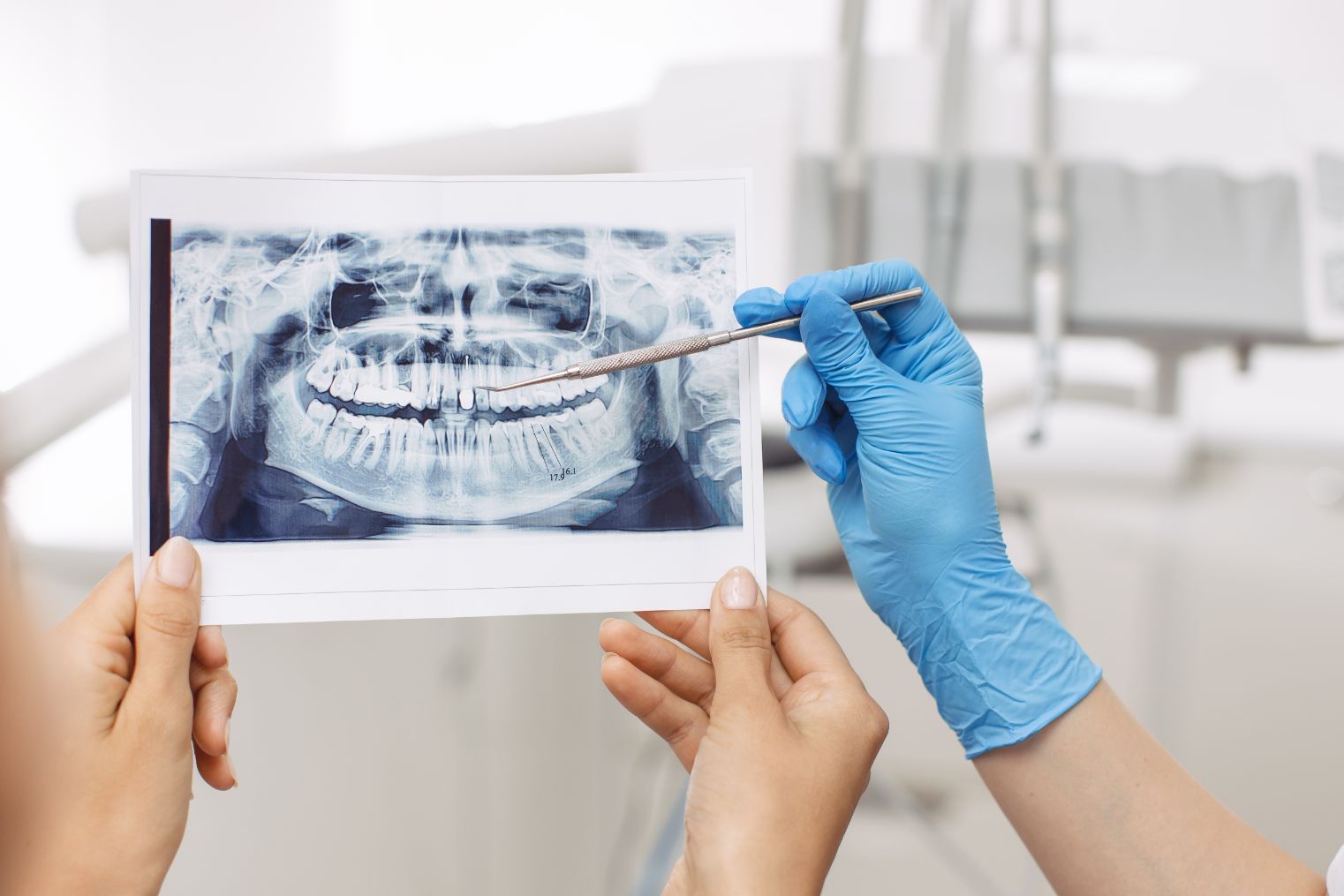Last Updated on February 26, 2024
In the dynamic world of orthodontics, Dr. Vaibhav Gandhi stands out as a pioneering force, reshaping the way we understand and approach dental care. His innovative research traverses the realms of salivary biomarkers, finite element analysis (FEA), and cone-beam computed tomography (CBCT), bringing fresh perspectives to traditional practices. More than just a researcher, Dr. Gandhi is a celebrated figure whose journey is adorned with numerous awards and a steadfast commitment to merging cutting-edge research with practical dental applications.

Join us as we delve into Dr. Gandhi’s visionary contributions, unraveling the complex interplay between his groundbreaking research, clinical practice, and the exciting future possibilities in orthodontics. Through his work, Dr. Gandhi is not just advancing the field; he is redefining it, creating pathways for innovations that promise to reshape orthodontic care for generations to come.
Salivary biomarkers: A leap forward in orthodontic diagnostics
Dr. Vaibhav Gandhi is at the forefront of a groundbreaking shift in orthodontic treatment, utilizing salivary biomarkers for more precise predictions of facial growth and skeletal maturity. Moving beyond traditional methods like hand-wrist radiographs, which have limitations in accuracy and raise concerns about radiation exposure, Dr. Gandhi’s research explores saliva as a potent diagnostic tool.
Rich in hormones, enzymes, and growth factors, saliva reflects bodily changes, making it ideal for assessing growth patterns non-invasively. Dr. Gandhi’s work demonstrates how salivary hormonal analysis, especially growth and sex hormones, can accurately pinpoint growth spurts. This is crucial for timing critical orthodontic treatments, such as growth modulation therapy and orthognathic surgery, more effectively.
“Salivary biomarkers significantly enhance treatment efficiency and success,” Dr. Gandhi states, emphasizing their role in determining the optimal period for skeletal corrections. He believes this approach, due to its non-invasive and easy application, is not only beneficial for orthodontics but could also have broader applications in clinical diagnostics. This innovation represents a major leap forward in personalized patient care, redefining how orthodontic growth assessment and treatment planning are approached.
Advancing tooth movement with finite element analysis
Revolutionizing orthodontic tooth movement, the precision of finite element analysis (FEA) is at the forefront, thanks to the innovative work being done in this field. A key focus of this advancement is the center of resistance (CRES) in teeth, which is vital for dictating the direction of tooth movement under applied forces. A deep understanding of the CRES, influenced by factors such as tooth anatomy and the surrounding environment, is essential for effective and precise orthodontic treatment.

Challenging traditional methods that rely on 2D radiographs and limited data, Dr. Gandhi advocates for 3D technology to gain a deeper, more accurate insight into tooth movement. “Finite element analysis (FEA) is a potent instrument in orthodontics,” he asserts, highlighting its ability to simulate and predict tooth movements precisely. This approach not only enhances treatment accuracy but also leads to more individualized orthodontic care.
Dr. Gandhi sees FEA as a game-changer in orthodontics, offering tailored treatment strategies and advancing patient care. “This utilization [FEA] advances patient care and aids in crafting tailored orthodontic devices,” he notes, emphasizing FEA’s role in developing customized solutions for patients. His work with FEA is setting new standards for precision and personalization in orthodontic treatments.
Elevating diagnostic precision: The role of CBCT in orthodontics
Pioneering a new era in orthodontic precision and accuracy, the expertise in cone-beam computed tomography (CBCT) is pushing beyond the traditional boundaries of 2D radiography. This advanced technology offers a more comprehensive view that is crucial for accurate diagnosis. “CBCT revolutionizes orthodontic diagnosis by providing detailed 3D images,” Dr. Gandhi explains, highlighting its ability to reveal intricate details of tooth positions, root structures, and bone anatomy.

One significant area where CBCT has made a remarkable impact is in the placement of miniscrews for orthodontic anchorage. Dr. Gandhi notes the importance of precision in this context, stating, “The small size of the mini implants makes them a versatile option.” CBCT’s detailed 3D reconstructions are invaluable for identifying the most suitable locations for these implants.
Furthermore, CBCT plays a crucial role in overcoming historical challenges in orthodontics, such as accurately localizing impacted canines. Traditional methods often fall short in providing the necessary detail for effective surgical planning. Dr. Gandhi underscores this advantage, saying, “CBCT helps orthodontics in the identification of the exact location of the impacted tooth.” This advanced imaging technology offers a depth of understanding that transforms how orthodontists approach complex cases, enhancing both planning and treatment outcomes.
A legacy of excellence
Dr. Vaibhav Gandhi’s journey in orthodontics is marked not only by his clinical expertise but also by a tapestry of recognitions and achievements that shape both his personal and professional landscape.
Among his numerous accolades, the prestigious 2021 IADR CTOR Award for Student Excellence in Orthodontics Research and the T.M. Graber Outstanding Article Award 2021 stand out, underscoring his significant contributions to orthodontic research. His impressive h-index and these multiple awards stand as a testament to the dedication, hard work, and passion he has poured into advancing orthodontic knowledge and practice. According to Dr. Gandhi, “On a personal level, this recognition validates the dedication, hard work, and passion I’ve invested.”
Professionally, these accolades, including being a finalist for the William R. Proffit Resident Scholar Award 2021, emerge as badges of expertise and credibility within the orthodontic community. Dr. Gandhi notes that they signify “a level of expertise and credibility within the orthodontic community.” These accolades not only open doors to collaborations and speaking engagements but also position him as a thought leader.
His role as chair in a poster session on “Orthodontic Biomechanics” at the IADR/AADR/CADR 2019 further exemplifies his standing in the community. The recognition acts as a beacon, enhancing visibility and providing a platform for Dr. Gandhi to share his insights, mentor aspiring orthodontists, and influence the trajectory of orthodontic care on a broader scale.
In essence, Dr. Gandhi’s journey is a harmonious blend of personal fulfillment and professional impact, where each recognition, like the “Best Presentation” award at The Final Countdown 2014 organized by the Indian Orthodontic Society, serves as a milestone. His story underscores the symbiotic relationship between personal dedication and professional influence, inspiring not only his continued commitment to orthodontic excellence but also positively impacting the larger orthodontic community and, ultimately, patient outcomes.
The Burstone scholarship: Fostering research and clinical innovation
For Dr. Gandhi, the Charles J. Burstone Foundation Scholarship is more than an honor; it’s a catalyst in his orthodontic career, blending clinical practice with advanced research. He views this recognition as an endorsement of his commitment to orthodontic excellence. “It’s a testament to the value of evidence-based practices in patient care,” he says, highlighting its role in promoting cutting-edge treatments and techniques in the clinic.
In research, the scholarship is a driving force, encouraging him to undertake studies that push orthodontic knowledge forward. “This recognition fuels my research, aiming to make meaningful contributions to the field,” Dr. Gandhi notes. It’s not just about academic exploration; it’s about impacting patient outcomes and advancing orthodontic practices.
Moreover, being a Burstone scholar opens networking channels, fostering collaborations and idea exchanges with peers. This networking, Dr. Gandhi believes, enriches both his clinical and research work, creating a ripple effect of knowledge and innovation in orthodontics.
Envisioning the future: Dr. Gandhi’s impact on orthodontics
As we conclude our journey through Dr. Vaibhav Gandhi’s remarkable contributions to the field of orthodontics, it’s evident that his work is not merely reshaping current practices but is also setting the stage for a new era in dental care. Through his innovative research in salivary biomarkers, finite element analysis (FEA), and cone-beam computed tomography (CBCT), Dr. Gandhi is crafting a future where orthodontic treatment is more precise, personalized, and patient-focused.
His exploration of salivary biomarkers heralds a shift towards non-invasive, bespoke treatment planning, while his advancements in FEA and CBCT are redefining the realms of diagnosis and treatment in orthodontics. These pioneering efforts underscore a transition to an era where technology and patient care converge for optimal outcomes.
Dr. Gandhi’s accolades and recognitions are not just personal triumphs; they symbolize his influential role in the orthodontic community and his enduring impact on improving patient care. His journey is an inspiring blend of dedication, innovation, and professional excellence.
Looking ahead, the orthodontic community and its patients stand at the threshold of an exciting future shaped by these advancements. We invite practitioners, researchers, and students in the field to draw inspiration from Dr. Gandhi’s work, to continue exploring, innovating, and pushing the boundaries of what is possible in orthodontics. Dr. Gandhi’s legacy is a testament to the profound impact that dedicated research and a commitment to excellence can have on a medical field.
In essence, Dr. Vaibhav Gandhi is not just a luminary in orthodontics; he is a beacon for future generations, illuminating the path towards a more advanced, efficient, and patient-centric approach to dental care. As the field continues to evolve, his contributions will undoubtedly remain pivotal in shaping its trajectory, ensuring that the best is yet to come in orthodontic care.

